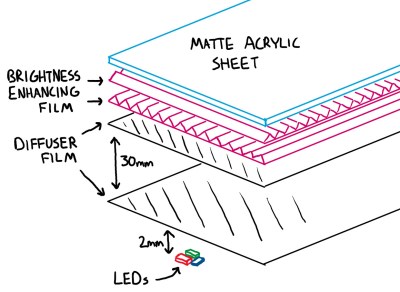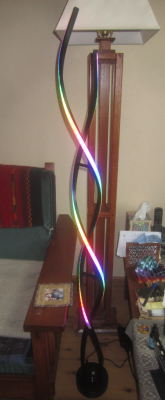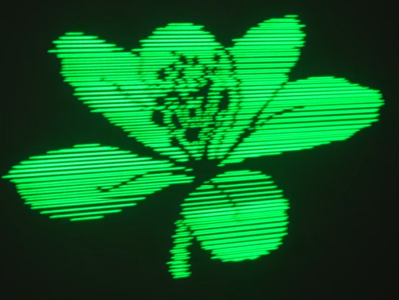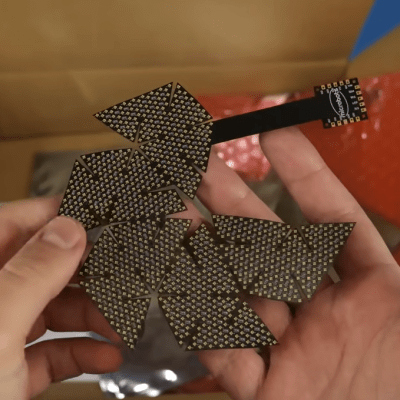Scanning a film negative is as simple as holding it up against a light source and photographing the result. But should you try such a straightforward method with color negatives it’s possible your results may leave a little to be desired. White LEDs have a spectrum which looks white to our eyes, but which doesn’t quite match that of the photographic emulsions.
[JackW01] is here with a negative scanning light that uses instead a trio of red, green, and blue LEDs whose wavelengths have been chosen for that crucial match. With it, it’s possible to make a good quality scan with far less post-processing.
 The light itself uses 665 nm for red, 525 nm for green, and 450 nm blue diodes mounted in a grid behind a carefully designed diffuser. The write-up goes into great detail about the spectra in question, showing the shortcomings of the various alternatives.
The light itself uses 665 nm for red, 525 nm for green, and 450 nm blue diodes mounted in a grid behind a carefully designed diffuser. The write-up goes into great detail about the spectra in question, showing the shortcomings of the various alternatives.
We can immediately see the value here at Hackaday, because like many a photographer working with analogue and digital media, we’ve grappled with color matching ourselves.
This isn’t the first time we’ve considered film scanning but it may be the first project we’ve seen go into such detail with the light source. We have looked at the resolution of the film though.





















